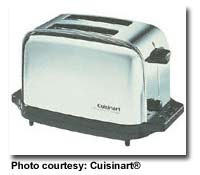
So you downloaded an .avi file because you have Windows Media Player - will it play? The player can open the wrapper, yes, but you will only see the images if your computer also has the appropriate codec installed - some are so common that they were part of your system by default. Cinepak, for example, is fairly common, and Cinepak-compressed video can be wrapped inside a .avi OR a .mov; Two versions of the same movie can have almost identical sizes, since the only difference is a few bits in the file header. But Sorenson is a flavor of codec that only fits with Quicktime wrapping.
Further: The above is true, but simplifies and does not address many other digital video practices. For example, one might think that the file "movie.mpg" would require a distinct player that understands the MPG wrapper, but MPEG 1 is actually a codec, with an intentionally agnostic wrapper, so many players can unwrap the data.
In my opinion: MPEG 1 is currently the "safe" way to distribute movies since almost every computer platform has a player that decodes .mpg's by default, but DivX can often pack more detail/quality into a smaller file size.